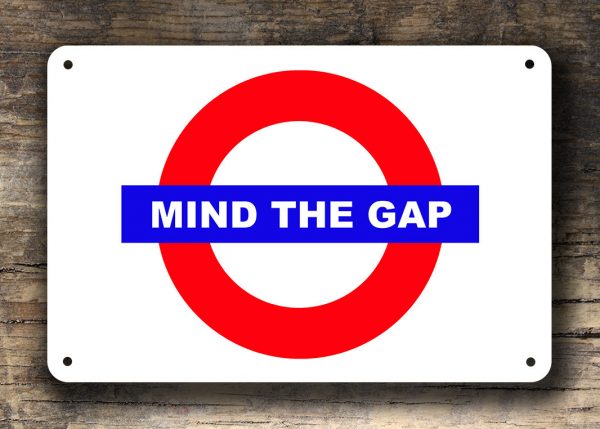if we change the speed of the patter we would alter the tone’s frequency.
Yes.
The tracking of a pivoting arm would look equivalent to linear motion of the overhang, moving slowly, in a linear tracker arm.
What you’re saying isn’t clear, but a properly installed pivoted pickup arm has a fixed overhang. Overhang isn’t affected by tangency - that’s fairly easy to measure. As @lewm explains above, the stylus tip is always exactly where it needs to be.


